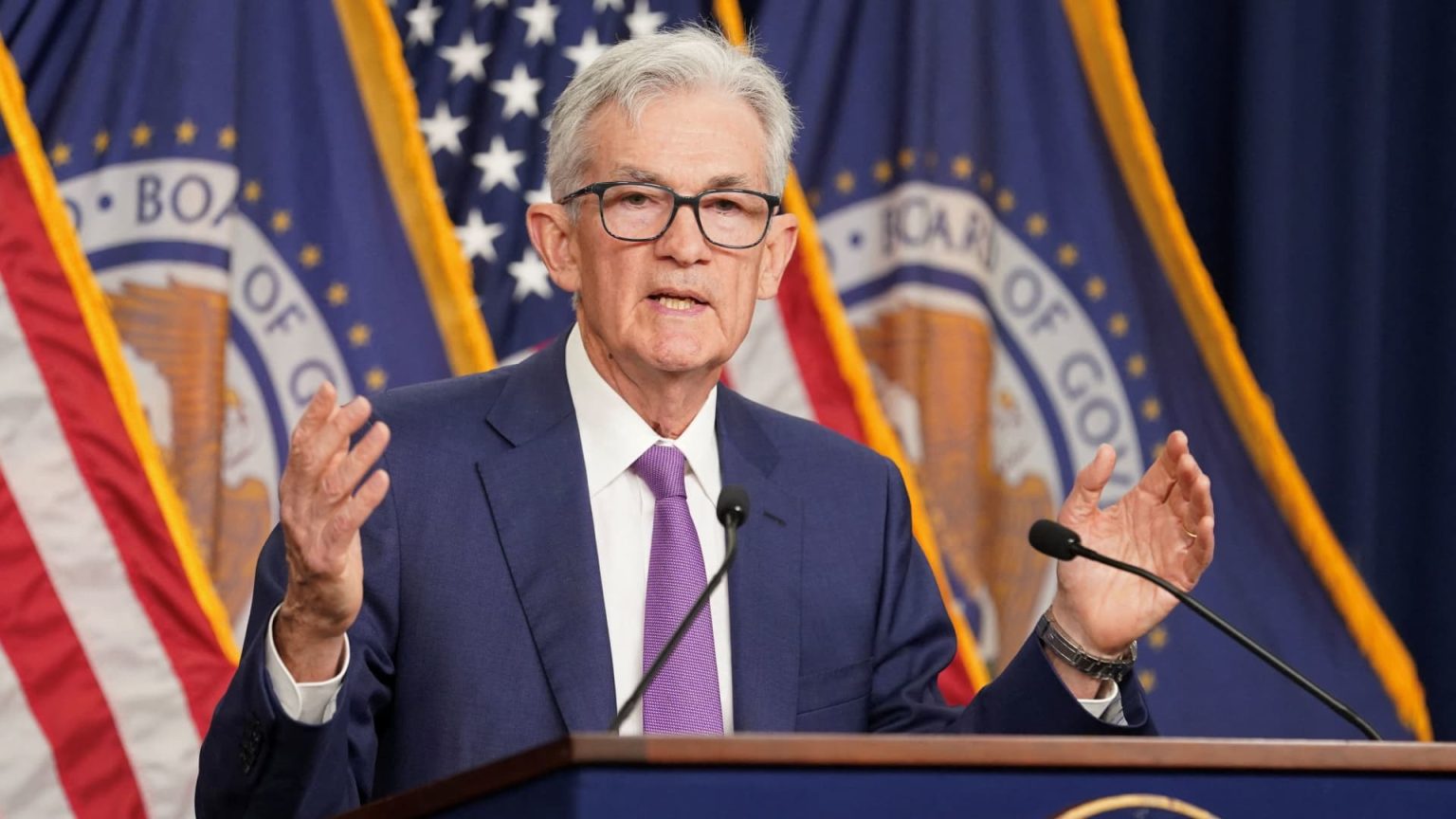Federal Reserve officials expressed growing concern about inflation during their most recent meeting, leading to a lack of confidence in moving forward with interest rate reductions. Despite easing inflation over the past year, recent data showed significant increases in goods and services prices, leading to inflation rates well above the Fed’s 2% target. The meeting followed readings that indicated inflation was more stubborn than expected in early 2024, causing policymakers to hesitate on easing measures. Some participants mentioned a willingness to tighten policy further if risks to inflation materialize.
The Federal Open Market Committee (FOMC) voted unanimously to maintain its benchmark short-term borrowing rate at a 23-year high of 5.25%-5.5%. Officials noted continued solid economic growth as a basis for keeping the rate steady at the April 30-May 1 meeting. Despite some signs of progress in inflation, such as a slight decrease in the consumer price index for April, consumer surveys reflected increasing worries about rising prices. Upside risks to inflation were noted, particularly from geopolitical events, and concerns were raised about the financial pressures on low- and moderate-income households.
Committee members were optimistic about growth prospects but anticipated some moderation in the coming year. They expected inflation to eventually return to the 2% objective but were uncertain about the timing and impact of high interest rates on the process. Immigration was mentioned as a factor contributing to labor market strength and sustaining consumption levels. Public remarks from central bankers since the meeting have taken a cautionary tone, with Fed officials emphasizing the need for good data before considering rate cuts.
Market expectations for rate cuts have been adjusted, with futures pricing indicating a reduced likelihood of cuts this year. As of Wednesday afternoon, there was about a 60% chance of the first cut occurring in September, while the outlook for a second cut in December was roughly a 50-50 chance. Earlier in the year, markets had been pricing in at least six quarter-percentage-point cuts, but the current uncertainty surrounding inflation and interest rates has led to a more cautious approach by the Fed. Despite the challenges posed by inflation and economic pressures, policymakers are monitoring the situation closely to make informed decisions about future monetary policy actions.













